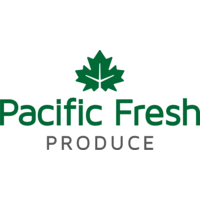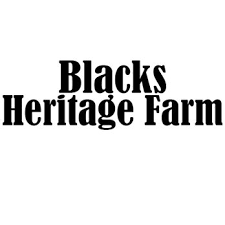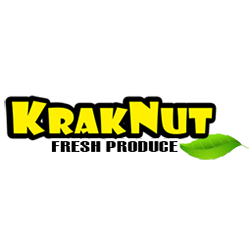The new farm bill prescribes $45 million in 2019 for the Food Insecurity Nutrition Incentive program, also known as Double Up Food Bucks.
At retailers and farmers markets participating in the program, Supplemental Nutrition Assistance Program benefits go twice as far when spent on fruits and vegetables.
Chris Jones, vice president of government relations for the National Grocers Association, said the reauthorization of the program is a big win for independent grocers.
“The bill more than doubles the program spending over a 10-year budget window and makes it permanent, so that increases the likelihood that our members and supermarkets will have the ability to participate, but it also steers that funding more toward grocery stores by prioritizing locations that are open longer hours and open more parts of the year and also (are) able to kind of help measure the extent to which the benefits change people’s shopping behavior,” Jones said. “The grocery store can provide information on what people bought before the incentive and then after the incentive, which really helps the program reach its goals of trying to encourage as much healthy eating as possible."
The bill also favors organizations in food deserts and retailers that provide supplemental services — online ordering or transportation, for example — in high-need communities, Jones said.
Double Up Food Bucks started out as a program that encouraged more purchases at farmers markets, and its expansion into retail has also produced positive results.
“It’s only recently become more of a grocery store type program that operates in retail locations,” Jones said. “The stores that have participated in that — many of them are our members — have really seen a ton of success in terms of their produce sales and then getting people to buy and eat healthier food.”
One issue with the program has been technology snafus, but the bill aims to help address those as well. Retailers have experimented with several methods of delivering benefits to SNAP shoppers, from giving them half off produce purchases to having them redeem coupons to loading fresh produce vouchers onto their loyalty cards.
“What the bill will do is create a clearinghouse to help offer technical assistance and best practices for retailers who are implementing a FINI program, and NGA hopes to kind of play a central role in that, providing our members and others with access to advice on how to implement FINI programs at their food store,” Jones said.
Between provisions for that program and others, the NGA hailed the passage of the farm bill Dec. 12 as an overall positive development for the industry.
“On behalf of the independent grocers across the nation, we applaud the final passage of the farm bill and appreciate the work of the conference committee to producing a bill that strengthens the public-private partnership between the federal government and supermarket operators in the SNAP program," NGA president and CEO Peter Larkin said in a news release. "This legislation addresses important issues for independent grocers, including the protection against harmful processing fees and the increased investment in the FINI program.
"We were especially pleased to see the Farm Bill contain NGA offered language that would direct significantly more FINI funding to independent supermarkets," Larkin said. "It’s been a long road to get here, but NGA and its members were engaged with Congress every step of the way to achieve our shared goals.”
The NGA did have one contention, however.
“Despite these positive inclusions in the Farm Bill, a top priority to protect store-level SNAP sales data was not included in the farm bill,” Larkin said in the release. “We will work closely with Congress and industry stakeholders to identify viable solutions to ensure that private information that could be used to give competitors an unfair advantage, particularly over many small and medium size grocers, is protected from public disclosure.”














